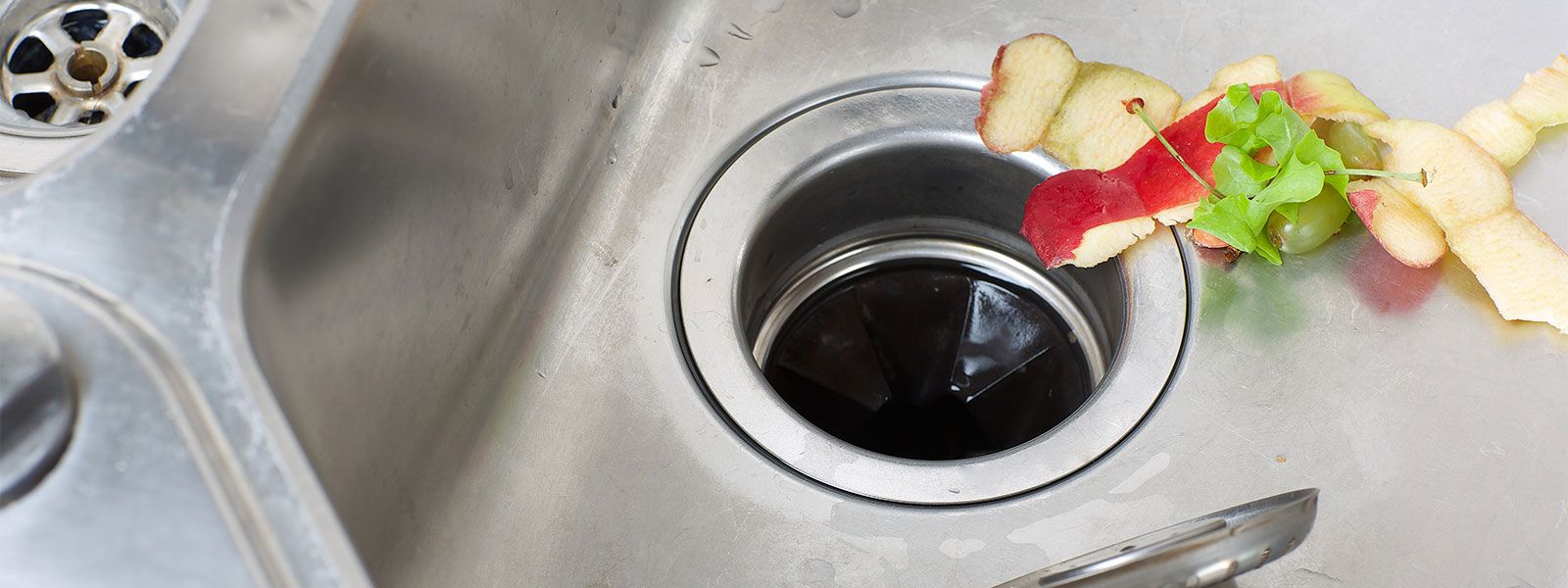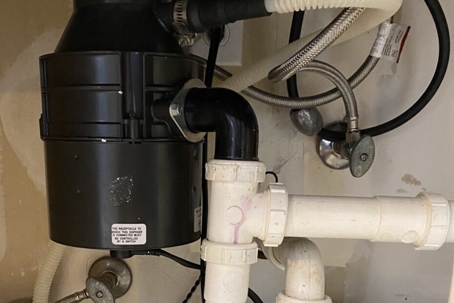How do you really feel with regards to Why Is My Garbage Disposal Leaking From the Bottom??

Garbage disposals are vital cooking area home appliances that aid in throwing away food waste efficiently. However, a leaking garbage disposal can be an aggravating and untidy trouble to deal with. Thankfully, several leakages can be repaired easily with a few basic actions. In this article, we will review how to repair a leaking garbage disposal successfully.
Intro
Waste disposal unit are set up under kitchen area sinks and are created to shred food waste right into smaller sized items, permitting it to pass through the pipes system conveniently. While these tools are normally trustworthy, leaks can occur with time because of wear and tear, loosened links, or damages to the unit.
Usual Root Causes Of Leaks in Rubbish Disposals
Worn Seals and Gaskets
Seals and gaskets play an important role in protecting against water from leaking out of the garbage disposal. With time, these components can wear away, leading to leakages around the disposal device.
Loose Links
The connections in between the waste disposal unit and the pipes system can come to be loosened gradually, triggering water to leakage out throughout procedure.
Cracks or Holes in the Disposal Unit
Physical damage to the garbage disposal, such as fractures or openings in the housing, can also result in leaks.
Identifying the Source of the Leak
Before trying to repair a leaking garbage disposal, it is essential to identify the resource of the leakage. This can commonly be done through aesthetic examination or by carrying out easy tests.
Visual Examination
Check the garbage disposal device very carefully for any type of indications of water leakage. Pay attention to areas around seals, gaskets, and link points.
Examining for Leaks
One method to test for leakages is by running water through the disposal unit and looking for any noticeable signs of leak.
Devices and Materials Needed for Fixing a Dripping Garbage Disposal
Prior to beginning the repair service procedure, gather the required devices and materials, including a screwdriver, adjustable wrench, plumbing technician's putty, substitute seals or gaskets, and epoxy or patching material for fixing splits or holes.
Step-by-Step Guide to Repairing a Dripping Garbage Disposal
Switch off the Power
Prior to attempting any type of repair work, ensure that the power to the waste disposal unit device is shut off to stop the risk of electric shock.
Situate the Leak
Determine the specific location of the leak and determine the cause.
Tighten up Links
Make use of a wrench to tighten any loose connections between the disposal system and the pipes system.
Change Seals or Gaskets
If the leakage results from worn seals or gaskets, remove the old components and replace them with new ones.
Patching Cracks or Holes
For cracks or holes in the disposal unit, usage epoxy or an ideal patching material to secure the broken location.
Checking the Garbage Disposal After Fixing
When the repair work is complete, check the waste disposal unit by running water with it to make certain that the leak has been resolved.
Preventive Maintenance Tips to Prevent Future Leakages
To stop future leakages, it is necessary to perform regular upkeep on your garbage disposal. This includes keeping it tidy, preventing putting non-food things or difficult items down the disposal, and periodically checking for leaks or other issues.
Final thought
To conclude, taking care of a dripping waste disposal unit is a reasonably uncomplicated procedure that can be completed with standard tools and products. By complying with the actions described in this article and practicing precautionary upkeep, you can maintain your garbage disposal in good working problem and avoid expensive repair services in the future.
What to Do About a Leaking Garbage Disposal
A leaking garbage disposal often goes unnoticed until you confront a sopping cabinet, a foul-smelling puddle, or an audible drip-drip-drip from the unit. The fix can be frustrating, too, because the leak can stem from a number of components in the system. Fortunately, with a little sleuthing, you can zero in on the leak and—depending on the exact location—stop the icky oozing and repair the component that caused it. Worst case scenario, if it turns out that the garbage disposal must be replaced, installing a new one is a reasonable do-it-yourself task for those with basic plumbing skills. Read on to keep the cash you’d otherwise hand over to a pro.
Prepare to find the leak
Prior to testing the garbage disposal for leaks, unplug it at the wall outlet and turn off the power from the breaker box to prevent electrical shock. Then insert a watertight sink stopper into your sink drain and wipe the unit dry with a clean cloth. In any handy container, mix a few drops of food coloring into a few cups of water, and pour the dyed water onto the sink stopper to help you locate the leak.
Investigate the source
the top, where the disposal meets the sink drain the side, where the dishwasher hose or main drain pipe connects to the disposal or the bottom of the unit Inspect each of these locations while gliding a light-colored rag over the unit; the dyed water will readily show on the rag and reveal the location of the leak. If a leak isn’t immediately apparent, remove the sink stopper and pour a few more cups of dyed water down the sink drain, then check for leaks again. Leaks near the top of the unit are more likely to show themselves while the sink is plugged, while side and bottom leaks are more noticeable while the sink is unplugged.
The metal sink flange that sits directly inside the sink drain is typically sealed around the top with plumber’s putty (a clay-like sealant) and then secured from under the sink with bolts. If the plumber’s putty deteriorates, or the bolts loosen, the flange can no longer form a watertight seal between the sink drain and the disposal—which could cause a leak at the top of the unit.
To reseal the leaky flange, you must first detach the garbage disposal. Start by loosening the screws securing the main drain pipe to the disposal, then loosen the screws in the metal clamp securing the dishwasher hose to the disposal and detach the drain pipe and dishwasher hose from the disposal. Loosen the screws in the mounting ring that connects the disposal to the metal mounting assembly beneath the sink, then pull down the disposal and carefully set it on a clean, dry surface. Loosen the bolts in the mounting assembly with a wrench, then pull down the mounting assembly and set it near the disposal.

I ran across that page about Why Is while doing a lookup on the internet. If you please set aside a second to promote this blog post if you liked it. Thanks so much for going through it.
Click Here